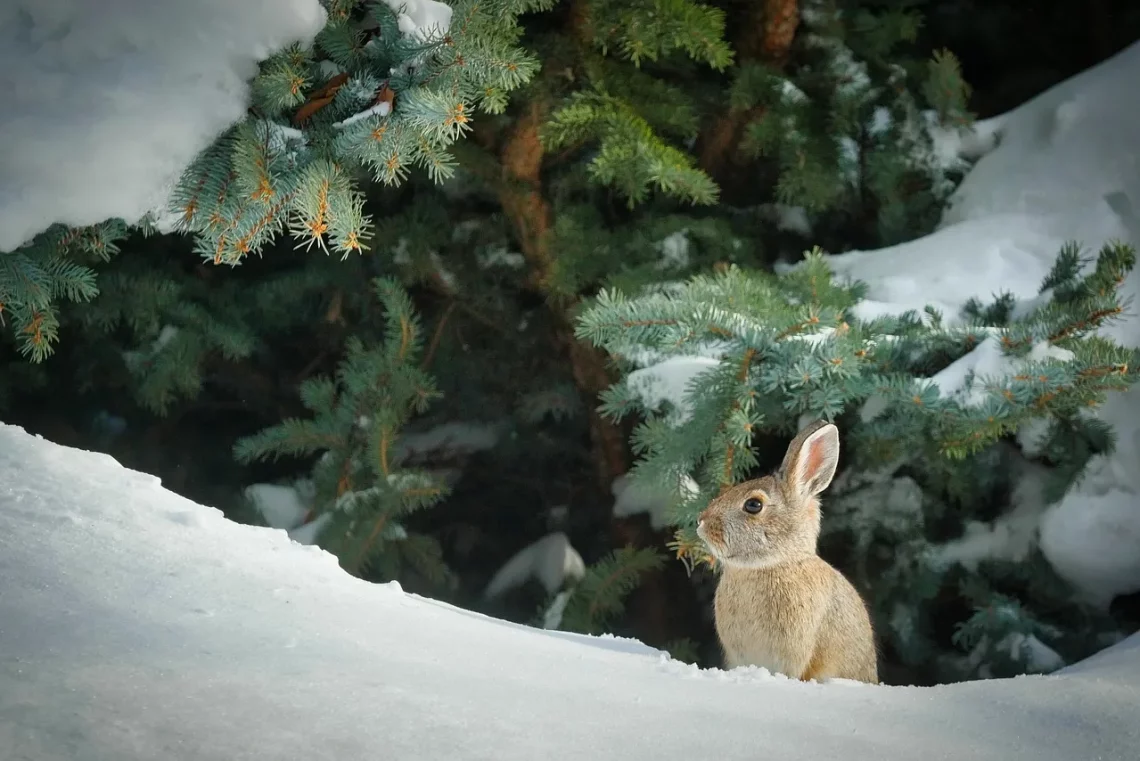
Flemish Giant Rabbit for Sale: Your Perfect Pet Awaits
Flemish Giant rabbits are among the largest domestic rabbit breeds, known for their impressive size, gentle nature, and charming personalities. These delightful creatures have captured the hearts of many pet lovers around the world. Originating from Belgium, Flemish Giants are not only a sight to behold with their long ears and large frames, but they are also known for their friendly disposition, making them ideal companions for families and individuals alike.
As fascinating as their size is their history, which dates back to the 16th century when they were bred primarily for their meat and fur. Over the years, they have transitioned from being farm animals to beloved household pets. Their calm demeanor and social nature allow them to integrate seamlessly into family life, where they thrive on interaction and affection. Whether you’re an experienced rabbit owner or considering your first pet, the Flemish Giant offers a unique experience that combines companionship with a touch of the extraordinary.
With their stunning appearance and sweet temperament, it’s no wonder that many people are seeking out Flemish Giant rabbits for sale. If you’re contemplating bringing one of these magnificent creatures into your home, understanding their needs and characteristics is crucial for ensuring a happy and healthy life for your new pet.
Understanding the Flemish Giant Rabbit’s Unique Characteristics
Flemish Giant rabbits are not just larger versions of typical rabbits; they possess unique characteristics that set them apart from other breeds. Weighing anywhere from 10 to 20 pounds, these rabbits can grow to be quite large, often measuring over two feet in length. Their size can be both an advantage and a challenge, so it’s important for potential owners to understand what this entails.
One of the most notable features of the Flemish Giant is its gentle temperament. These rabbits are known for their friendly and calm nature, making them excellent companions, especially for children. They enjoy being handled and often seek out human interaction, which is a trait not universally found in all rabbit breeds. Their sociability means they thrive in environments where they receive plenty of attention and love.
In terms of appearance, Flemish Giants have a distinctive, robust body with a broad head and large ears that can stand upright or flop down, depending on the individual rabbit. Their fur is dense and soft, requiring regular grooming to keep it in optimal condition. A well-groomed Flemish Giant not only looks good but also enjoys a healthier life, as proper grooming helps prevent matting and skin issues.
Another unique aspect of the Flemish Giant is its diet. Due to their size, these rabbits require a substantial amount of food to maintain their health. A balanced diet that includes hay, fresh vegetables, and high-quality pellets is essential. Owners should also be aware of their hydration needs, ensuring that fresh water is always available.
Understanding these characteristics is crucial for any prospective owner. Not only does it help in providing the right care, but it also enhances the bond between the rabbit and its owner, leading to a more fulfilling companionship.
Creating an Ideal Living Environment for Your Flemish Giant
When bringing a Flemish Giant rabbit into your home, creating a suitable living environment is paramount. These rabbits need ample space to move around, as their large size means they require more room than smaller breeds. Ideally, a spacious cage or a dedicated room with rabbit-proofing is essential for their health and happiness.
The cage should be large enough for the rabbit to stand on its hind legs and stretch fully. A minimum of four feet by two feet is recommended, but larger is always better. Providing multiple levels or platforms can also enrich their environment, allowing them to jump and explore. Remember that rabbits are naturally curious and playful, so incorporating toys, tunnels, and chew items will keep them entertained.
Bedding is another important consideration. Opt for soft, absorbent materials such as aspen shavings or paper-based bedding. Avoid cedar or pine shavings, as they can be harmful to rabbits. Regular cleaning is necessary to maintain a hygienic space, as rabbits can be prone to certain health issues if their living area is not kept clean.
Temperature control is also vital, as Flemish Giants are sensitive to extreme heat and cold. A comfortable indoor environment is best, with temperatures ideally ranging between 60°F and 70°F. If you live in a warmer climate, ensure they have access to cool areas and plenty of hydration.
In addition to the physical space, emotional well-being is equally important. Flemish Giants thrive on social interaction, so spending time with them daily is crucial. They enjoy being petted and held, and engaging in playtime helps to strengthen the bond between you and your rabbit.
By providing a well-thought-out living environment that caters to your Flemish Giant’s physical and emotional needs, you can ensure a happy and healthy life for your new furry friend.
The Importance of Proper Nutrition for Flemish Giants
Nutrition is one of the cornerstones of maintaining a healthy Flemish Giant rabbit. Due to their size, these rabbits have specific dietary needs that differ from smaller breeds. A balanced diet is essential for their growth, health, and overall well-being.
The primary component of a Flemish Giant’s diet should be high-quality hay. Timothy hay is an excellent choice, as it is high in fiber, which is crucial for their digestive health. Fiber helps maintain gut motility and prevents issues such as gastrointestinal stasis, a serious condition in rabbits. Fresh hay should always be available, as it serves as the foundation of their diet.
In addition to hay, fresh vegetables should be introduced gradually. Leafy greens such as romaine lettuce, kale, and cilantro are excellent options. It’s vital to avoid starchy vegetables and fruits in large quantities, as these can lead to obesity and digestive problems. Always wash vegetables thoroughly to remove any pesticides or chemicals.
Commercial rabbit pellets can also be included in their diet, but they should be fed in moderation. Look for high-quality pellets that are rich in fiber and low in protein. A general guideline is about a quarter cup of pellets per 5 pounds of body weight daily.
Hydration is equally important. Ensure your Flemish Giant has access to fresh, clean water at all times. Water bottles or bowls can be used, but it’s essential to monitor their water intake to ensure they stay properly hydrated.
Lastly, it’s crucial to avoid feeding your rabbit any human food or treats that are harmful to their health. Foods such as chocolate, bread, and other high-sugar items can lead to severe health complications.
By understanding the dietary needs of your Flemish Giant rabbit and providing a balanced diet, you can help them lead a long, healthy, and happy life.
Building a Bond with Your Flemish Giant Rabbit
One of the most rewarding aspects of owning a Flemish Giant rabbit is the bond that can develop between you and your pet. These rabbits are known for their affectionate nature, and with patience and consistency, you can create a strong relationship that enhances both your lives.
The key to building a bond with your Flemish Giant begins with trust. When you first bring your rabbit home, give them time to acclimate to their new environment. Avoid overwhelming them with too much handling initially. Sit quietly near their space, allowing them to approach you at their own pace. Offering treats can help create positive associations with your presence.
Once your rabbit feels comfortable, engage in gentle petting and handling. Flemish Giants typically enjoy being stroked along their backs and behind their ears. Pay attention to their body language; if they seem relaxed, continue. If they show signs of discomfort, such as thumping or trying to escape, give them some space.
Regular playtime is essential for bonding. Flemish Giants are playful and curious, so providing toys and interaction will keep them mentally stimulated. Simple games like hide-and-seek or gentle chasing can be fun for both you and your rabbit.
Additionally, consider training your Flemish Giant. These rabbits can be taught simple commands such as “come” or “stay,” which reinforces communication and trust. Use positive reinforcement techniques, such as treats and praise, to encourage desired behaviors.
Lastly, spending quality time together is crucial. Whether it’s sitting on the floor reading a book with your rabbit nearby or watching television, being in the same space fosters companionship. The more time you invest in your rabbit, the stronger your bond will become.
In conclusion, owning a Flemish Giant rabbit can be a fulfilling experience filled with love and joy. By understanding their needs and building a strong relationship, you can create a lasting partnership with your new pet.
**Disclaimer**: This article is not intended as medical advice. Always consult with a veterinarian for health-related issues concerning your pet.




